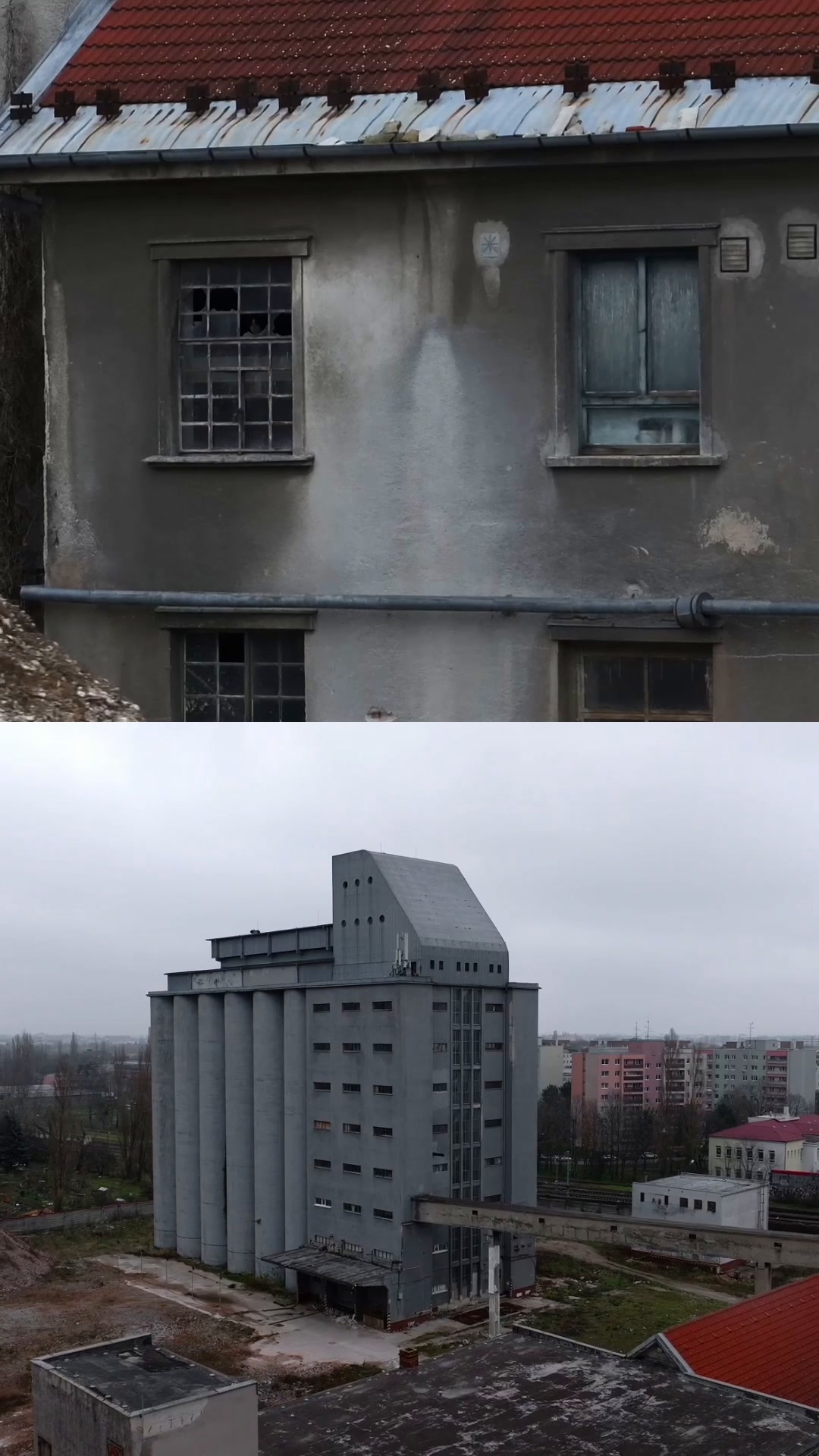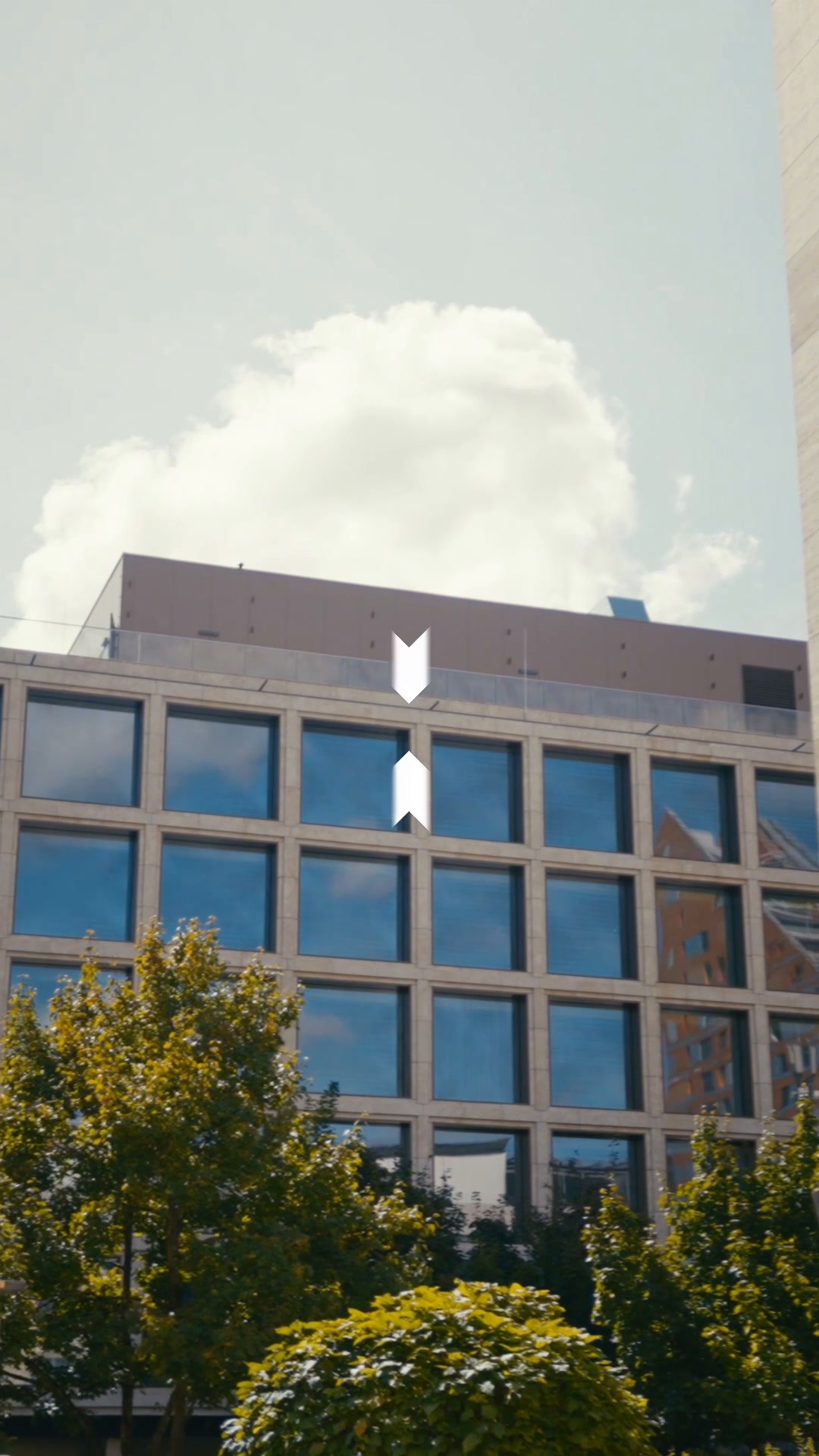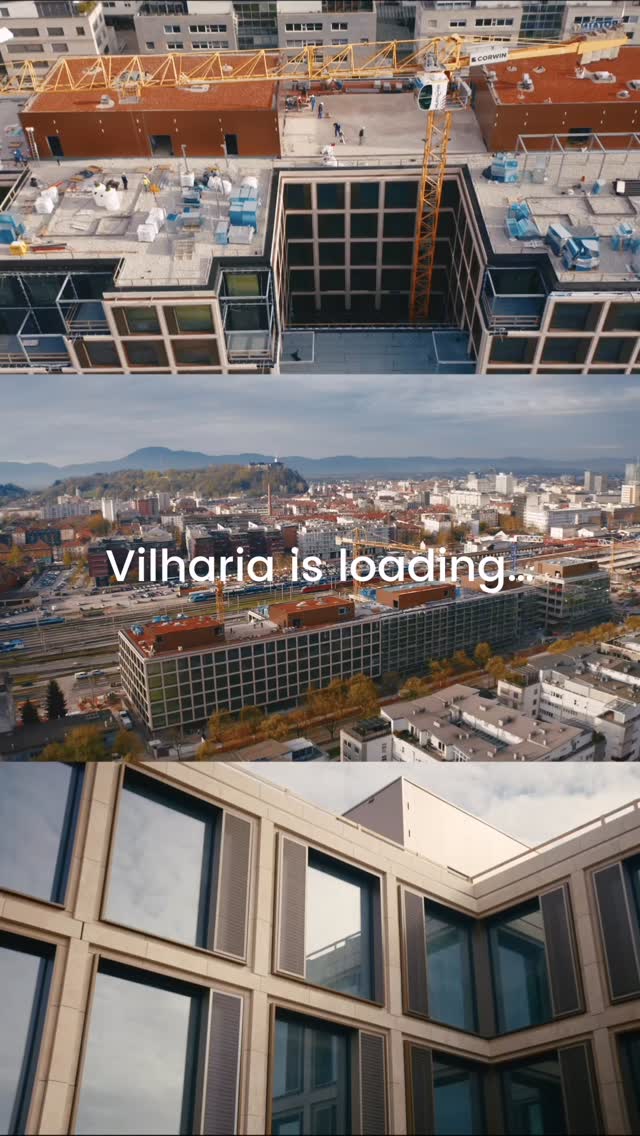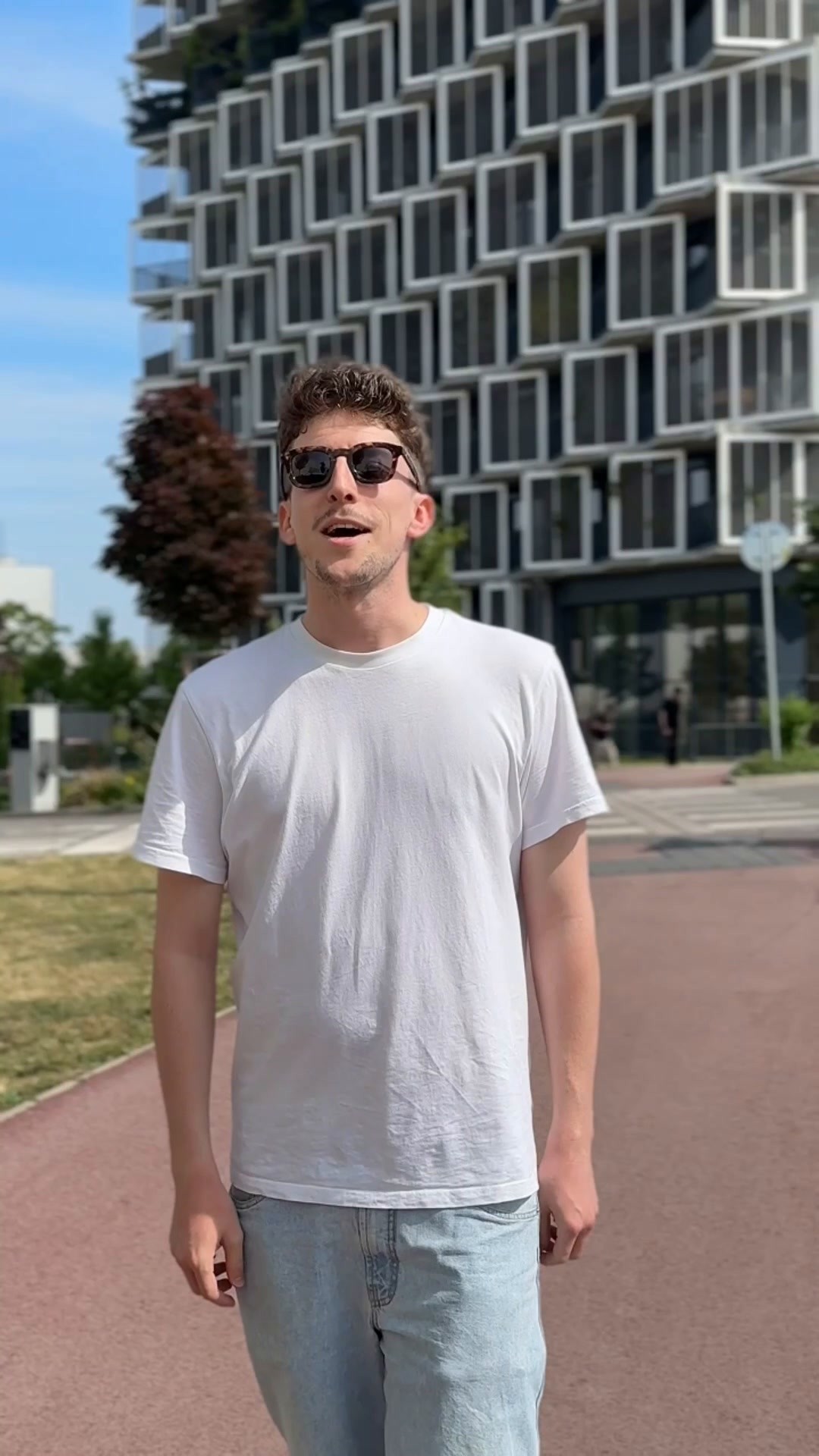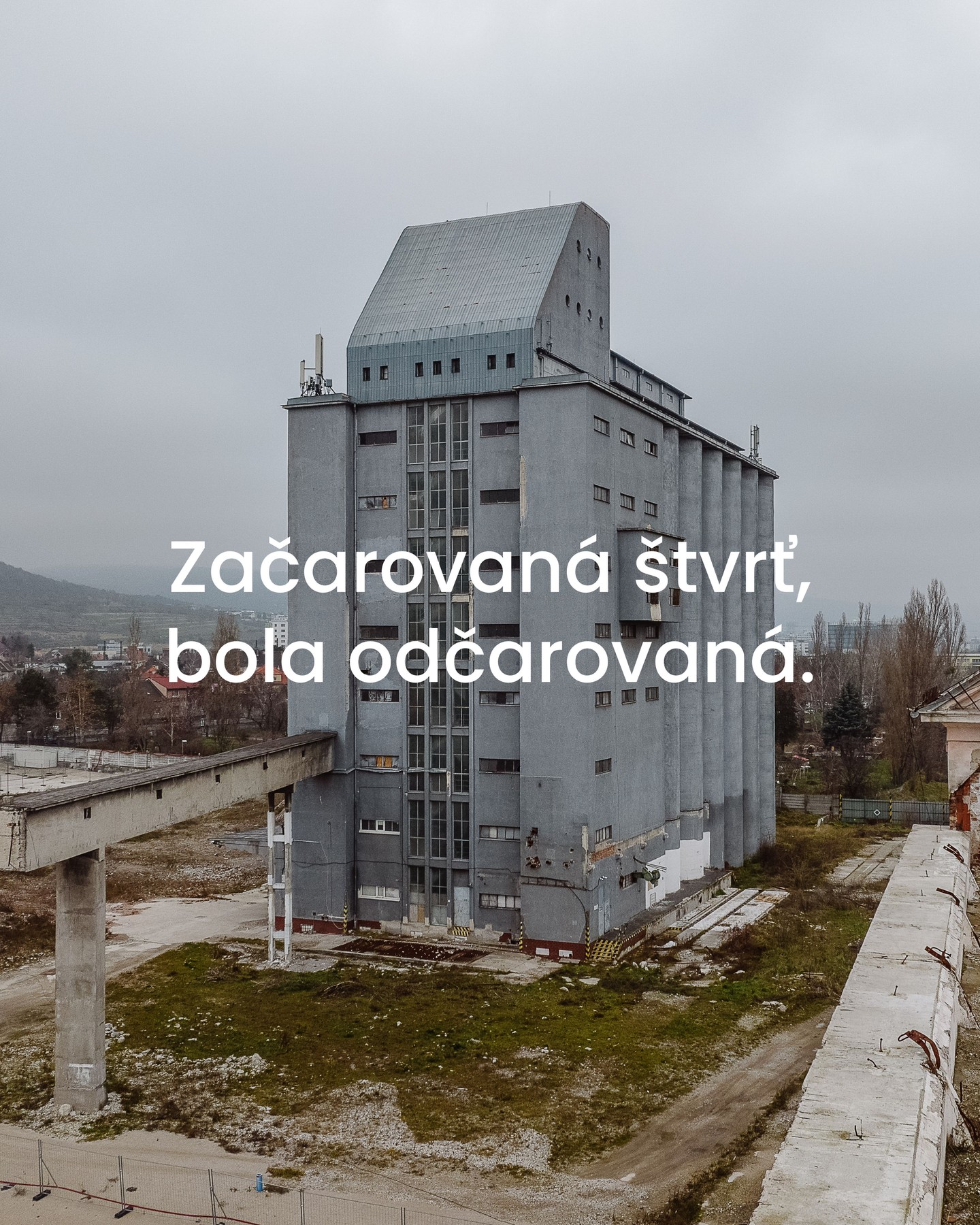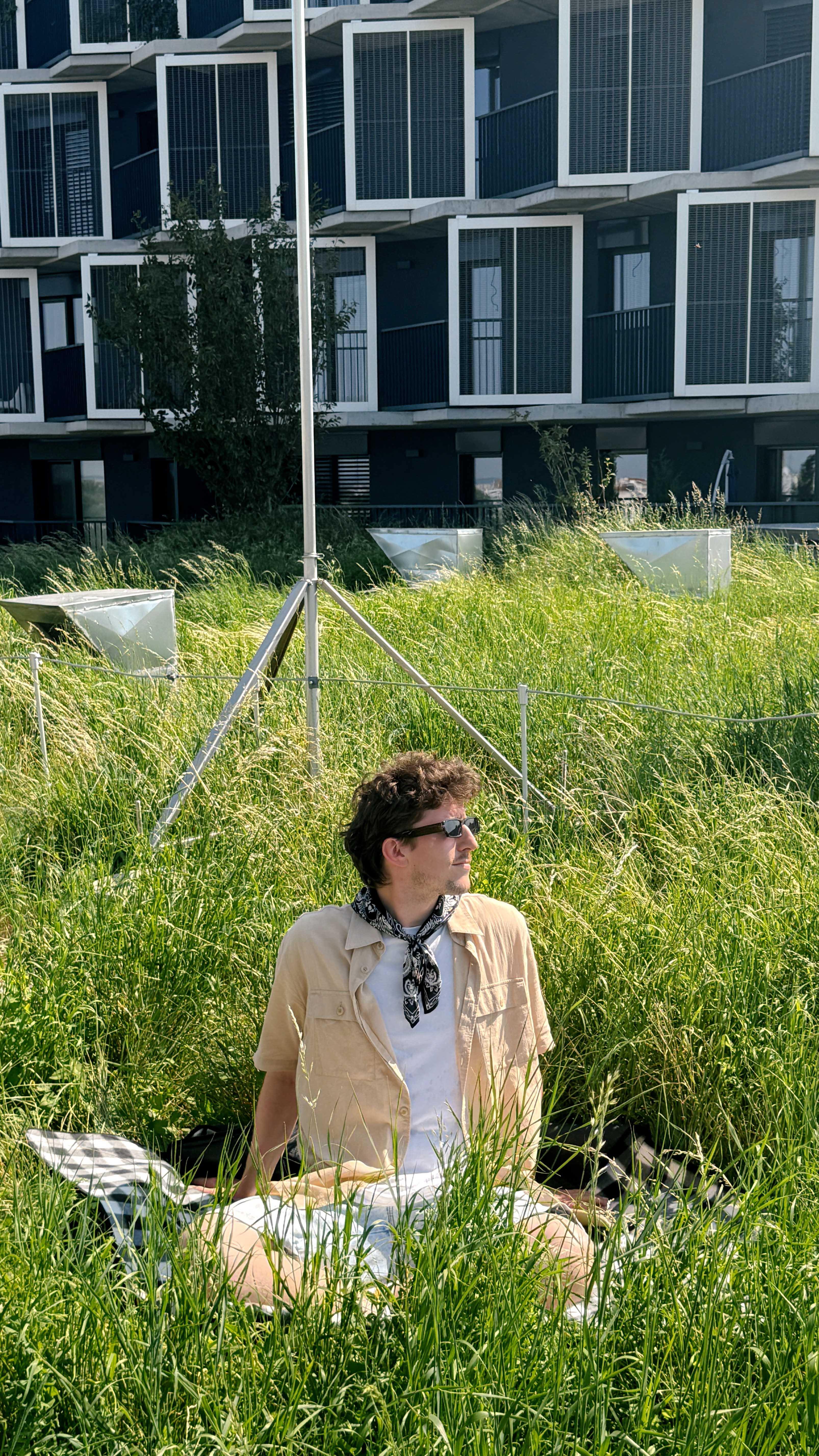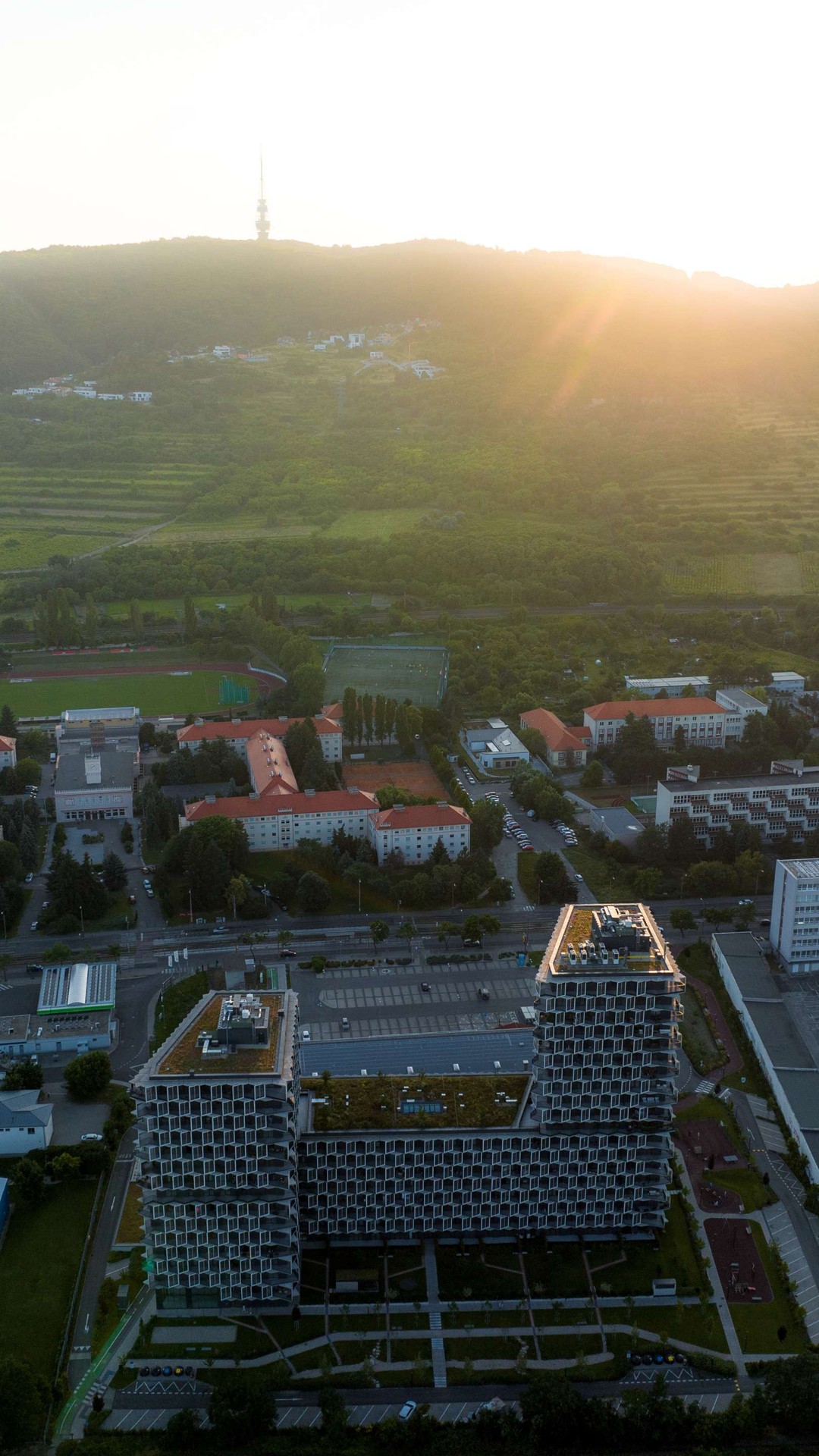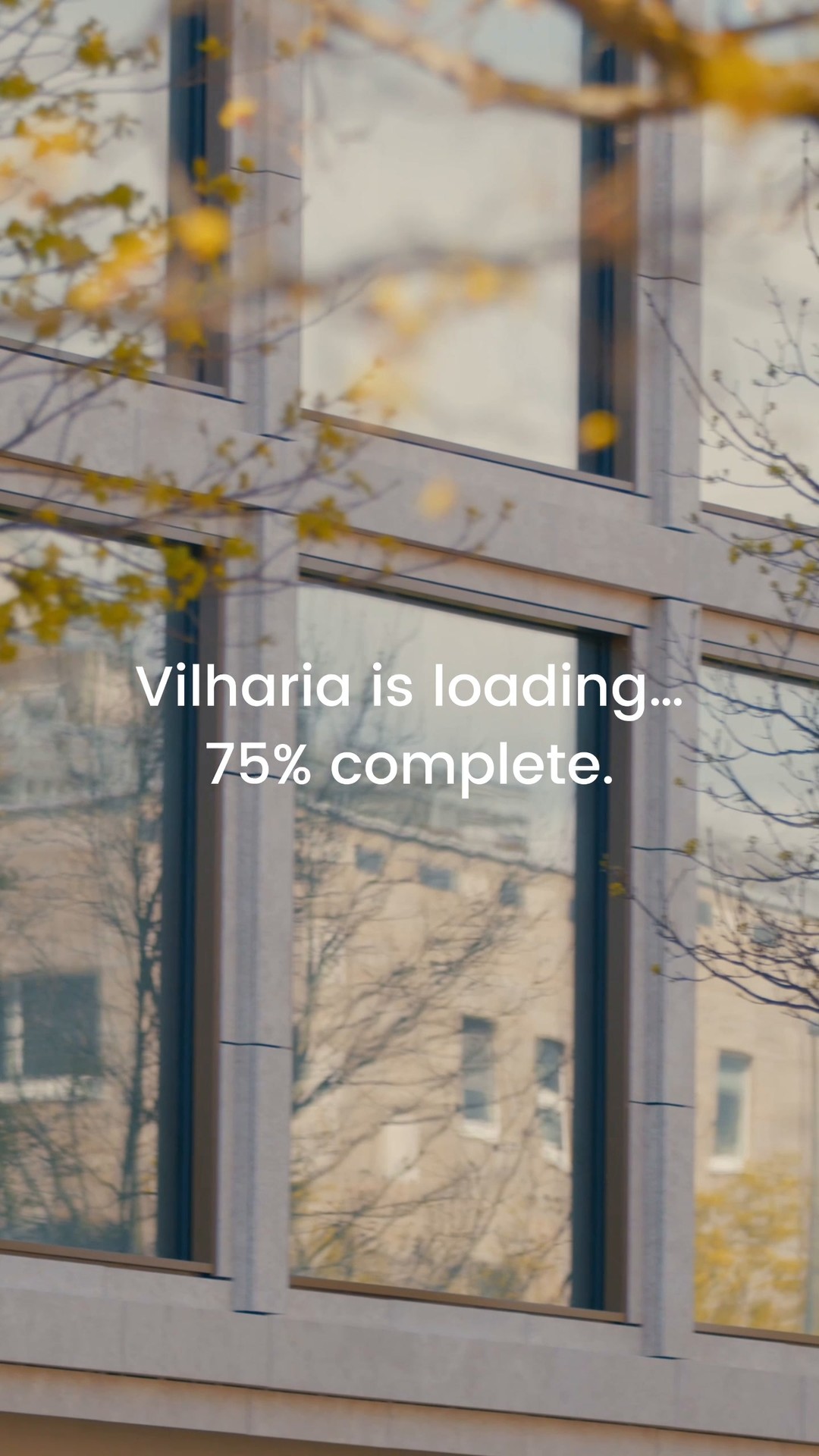Timber buildings are becoming an increasingly common element of world architecture. Although in the past, price efficiency and speed were the most important aspects of urban construction, today the emphasis shifts to the appearance of buildings and their impact on the environment. This is one of the main reasons why concrete is starting to be replaced by wood.

Wenlock Cross, UK. Source: HawkinsBrown
Return to ecology
In addition to a more pleasing appearance, modern timber buildings also have a number of other advantages over conventional reinforced concrete structures. The first is the impact on the environment. Wood is the only truly renewable building material. Combined with responsible forestry, it can be produced and recycled almost endlessly. Furthermore, because the amount of CO2 consumed during its growth is greater than the amount produced during its use, it even has a positive carbon footprint.

Photo by Simeon Tuilagi on Unsplash
Moreover, constructing a building out of wood requires much less energy compared to using other materials. It generates less dust and, thanks to the clever prefabrication of wooden panels and their relatively simple assembly, requires fewer construction workers to build. This also translates into lower transport costs. Wood also helps create a healthier and more pleasant indoor environment. This material regulates the indoor temperature and humidity, improves air quality and has good insulating properties.
Brock Commons Tallwood House. Source: ArchDailyThe future of architecture?
In Slovakia, wooden buildings are limited mainly by strict legislation. While our limitations restrict wooden constructions to a maximum of 12 meters, timber buildings abroad reach ever-greater heights. For example, in 2017, the 53-meter Brock Commons Tallwood House student dormitory was built in Canada. The entire construction of this hybrid mass timber building took a team of nine workers only 57 days. It was so successful that it led to a change in the Canadian fire code, which will ease and encourage the construction of wooden buildings in the country in the future.

The Atlassian Sydney Headquarters. Source: ArchDaily
Despite the fact that in the past, a building like this could be a curiosity, in recent years, wooden buildings around the world have been competing in exceeding the height limits. The advanced Norwegian project Mjøstårnet, completed in 2019, reached a height of over 85 meters. In Sydney, they are planning to build a hybrid timber skyscraper, which should be up to 180 meters. Not only are timber buildings gradually becoming common practice, it also seems that wooden skyscrapers will soon be an integral part of city skylines.

The Atlassian Sydney Headquarters interior. Source: ArchDaily
However, we do not see the future of wooden architecture in its height. At present, it is inflected mainly due to the densification of cities and in certain cities around the world the only way out is to satisfy demand for a given purpose. In this way, wood as a material can re-enter the market and, even in larger constructions, seriously compete with the most commonly used material, such as reinforced concrete or steel, even when it comes to price. However, in the European context, the most important thing about wooden office buildings is their overall approach to sustainability and quality of the indoor environment. That is what truly inspires us. Such is, for example, the building of the SR Bank in the Norwegian city of Stavanger.

SR Bank building. Source: Helen & Hard
Palma and wooden buildings
At CORWIN, we always strive to bring in the best architectural trends from around the world. It is no coincidence that our project Einpark Offices has become the greenest building in Slovakia. Wooden buildings represent the next step in our efforts to create the healthiest and most environmentally friendly indoor environment. Our company has been gathering inspiration from around the world as well as consulting with domestic and foreign experts in the field of wooden architecture and fire technicians for a long time. Our goal is to create a truly beneficial project that meets the strict Slovak fire standards. Wooden buildings like the Brook Commons have shown the benefits of wooden construction and led to a change in legal norms around the world. Despite the fact that this is an extremely challenging task, we will continue in our efforts to make Palma the seat of the first high-rise wooden building in Slovakia. Fingers crossed!
Timber buildings from around the world. Source: Archdaily, HawkinsBrown, Moelven, Unsplash

























